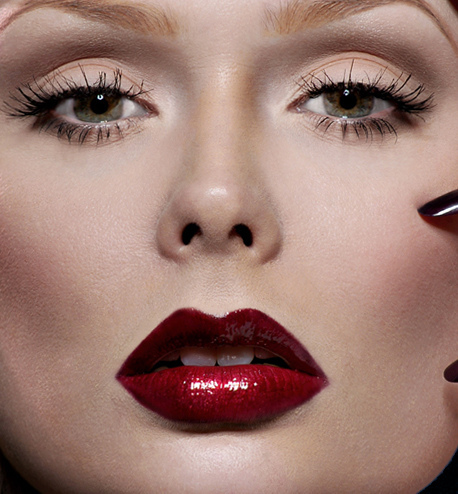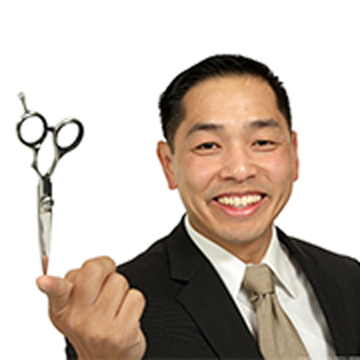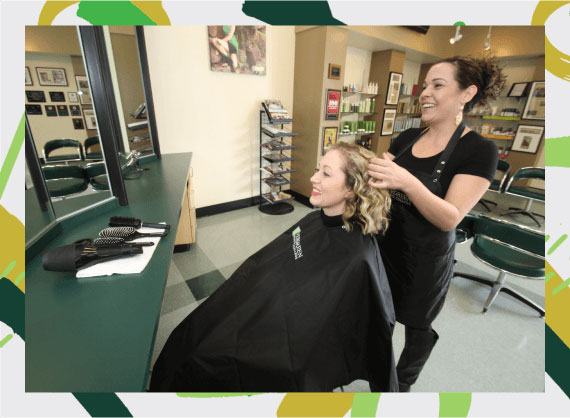A Brief Look At the History of Make-Up
Cosmetic application was the start of something beautiful, though no one person is directly credited with its invention. Documentation dating back over six thousand years ago began hinting at the potential start of the history of make-up, particularly in ancient Egypt and Greece.
The History of Make-Up
In order to fully grasp the cultural significance of make-up, it’s important to explore its evolution.
Ancient Greeks and Egyptians
The ancient Greeks and Romans “painted (their) eyelids” and other beauty treatments, as noted in the Old Testament and the book of Esther. The people of Egypt developed skin creams that had beeswax, olive oil, and rosewater as ingredients; and when they later concluded they needed a protective balm of sorts, one was invented that included castor oil—an ingredient still currently in use.
A Documented Addition
Africa kept impeccable records of their cosmetic usage. They used fresh moringa and gum of frankincense as a remedy to treat wrinkles, and a special mixture of kohl, sycamore juice, and red ochre to soothe burns and scars. To improve bad breath, Africans would simply chew on their frankincense, licorice root stick, or some herbs. Notably, the licorice root is still used today.
Modern Day Middle East
During the days of pillaging and anarchy in the name of religious conformation, cosmetics were really only used when in need of a disguise. The law in Islam does not ban makeup, though it is strict on how it can be warn. Interestingly, the law states that applied makeup cannot be made up of substances that may be of harm to one’s body.
Nail Perfectionists
The people of China put extreme focus on nails. They began staining fingernails using gelatin, beeswax, egg, and gum arabic beginning around 3000 BCE. Nail colors were acceptable at the time, but only to represent social class. The Chou dynasty royals were the only ones permitted to sport gold and silver, though royals changed to wearing red or black over time. Lower class citizens were strictly forbidden to wear nail “polish” of a bright color.
Lipstick from a Geisha
Geisha’s meticulously used crushed safflower petals to line their eyebrows, eye edges, and the perimeter of their lips. Then with bintsuke wax sticks, which are similar to a sumo wrestler’s hair wax but super soft in comparison, they applied the makeup base. Rice powder would give their backs and faces the appearance of being endlessly smooth, while a hint of rouge would keep their noses and eye sockets from disappearing.
Use the Past to Shape the Future
Cosmetology is one of the oldest hobbies in recorded history and has grown to be one of the largest fields in the world today. At Evergreen Beauty School, we assist you with getting your foot in the door by teaching you all of the knowledge, techniques, and mistakes that our ancestors have passed down for centuries. This history will set the foundation for your ever growing knowledge in cosmetology.





